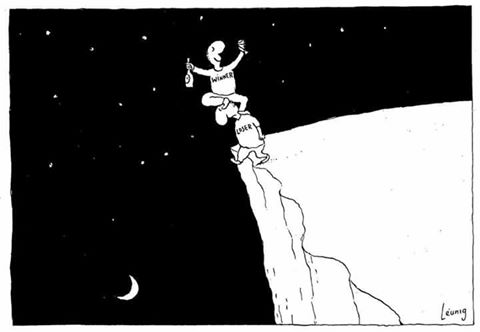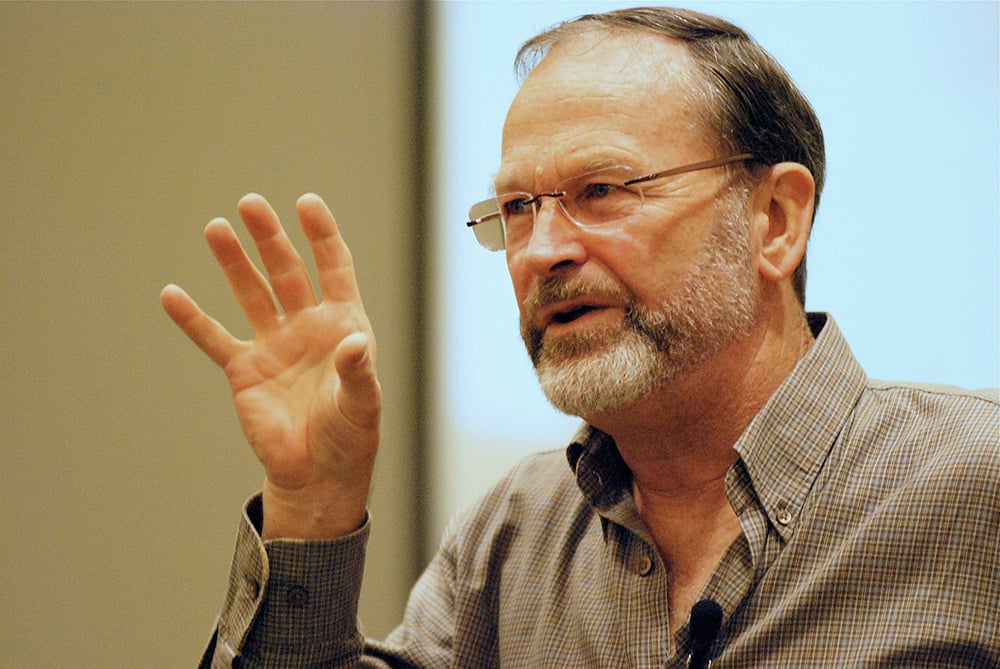
Six years ago this essay launched and defined un-Denial.com. I’m featuring it on the home page to celebrate 500 posts.
This is the story of the two most important things that enabled the success and possible demise of humans: energy and denial.
Simple single cell (prokaryotic) life emerges as a gradual and predictable transition from geochemistry to biochemistry, in the presence of rock, water, CO2, and energy, all of which are found within alkaline hydrothermal vents on geologically active planets, of which there are 40 billion in our galaxy alone, and probably a similar number in each of the other 100 billion galaxies.
Simple life like bacteria and archaea is therefore probably common throughout the universe. Strong evidence for this is that prokaryotes appeared 4 billion years ago, as soon as the earth cooled down enough to support life, and never once winked out despite many calamities throughout geologic history.
LUCA (the Last Universal Common Ancestor), and all life that followed, is chemiosmotic meaning that it powers itself with an unintuitive mechanism that pumps protons across a membrane. This strange proton pump makes sense in the light of its hydrothermal vent origins. For a sense of the scale of life’s energy, consider that the human body pumps a staggering 10**21 protons per second of life.
The transition to, and existence of, complex multicellular life, like plants and animals, is much less predictable and certain. All of the complex life on earth has a common eukaryote ancestor, and it appears this ancestor emerged only once on Earth about 2 billion years ago. This is a vital but rarely acknowledged singularity in biology.
…click on the above link to read the rest of the article…













